The Benefits of 2WD or 4WD Modes on ATV What is The Difference Between a 2WD And a 4WD Quad When to Change 2WD or 4WD Mode on ATV
There is a reason why ATVs often offer both 2WD or 4WD modes, and you should know why they do it to make full use of your quad. Whether you want to know the difference between a 2WD vs. 4WD quad or when to use the different modes, this post will have you covered.
When you understand the intended uses of both modes, you can better make the choice of when and whether one of them is needed.
4WD is needed for backing uphill, steep inclines, and soft and/or slippery areas. So, if you ride moderate or advanced trails, go off-road, hunt, use your ATV for work, or use your ATV in mud, snow, or wet terrain, you’ll require a machine with AWD and to have it turned on when engaging in these more challenging conditions.
ATV are the core piece of riding gear for off-road riders
Find out the best look for you
Since that list covers most of the reasons that someone wants an ATV, you may be wondering what the benefits of 2WD are. It does have some.
If you have a 4WD quad, you will want to shift it into 2WD whenever 4WD isn’t needed because it uses up more fuel. 2WD is also most useful when you are transporting your quad. So, if you’re on an easier trail, going up a gradually sloping hill, or even in slightly wet or muddy conditions, you can use your 2WD instead.
The rest of the benefits apply when you have a 2WD only machine.
Image from www.yamahamotorsports.com
A 4 wheel drive quad allows you to ride in the various conditions listed above, and it is physically less demanding to drive. It is heavier and more expensive, but it also doesn’t churn the ground like a 2WD drive trying to gain traction.
A 2WD only quad weighs less, which is one of the reasons all youth ATVs come in 2WD. It is safer in the event that the machine rolls over on you. They also offer tighter turn radiuses and nimbler riding. Some people prefer this extra sense of control, though 2WD does require more of the rider. 2WD is better for racing because it offers higher speeds, which is why most sport quads come in 2WD.
2WD is better for racing because it offers higher speeds, which is why most sport quads come in 2WD.
So, whether to choose a 2WD vs 4WD four wheeler boils down to age, cost, and how you intend to ride. All minors, unless they are older teens mature enough to ride an adult machine, will need 2WD. If you don’t need 4WD because you’ll only be riding easy trails or on even terrain on your farm, then you can save money with a 2WD machine.
If you will be riding in rough or steep terrain, tackling significant mud holes, or plowing snow, you’ll need 4WD.
Most four wheel drive four wheelers, particularly modern models, allow you to switch to 2WD drive mode.
You will want to make use of 2WD when 4WD drive isn’t needed, which is probably more often than you realize. It certainly isn’t needed if you’re riding a smooth stretch of terrain or taking your kid out to the trail and want to ride along with them. It also won’t be needed when traveling on small hills or in shallow mud holes.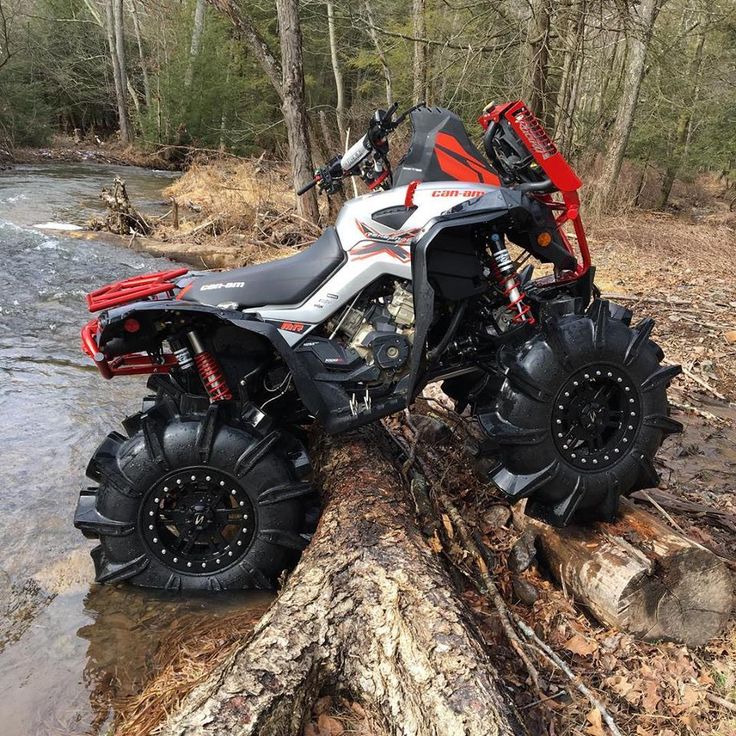 By learning when to use your 4WD and turning it on only when needed, you can reduce your gas consumption.
By learning when to use your 4WD and turning it on only when needed, you can reduce your gas consumption.
Some quads offer a 4X4 Low setting that is best for when you need more power at lower speeds.
4 wheel drive ATVs that allow you to switch to 2WD will start in 2WD. You need to activate the 4WD when the RPMs are below 3,100 and before you encounter the conditions that require 4WD. If your rear wheels are spinning (have no traction), you’ll need to release the throttle before switching to 4WD or you could damage your gear case or drive shaft. 4WD should be engaged when your rear wheels have traction or are not moving.
Once you activate 4WD, it will remain activated until you turn it back off.
Your machine will have a switch to deactivate the 4WD. If you turn 4WD off while the rear wheels have no traction, it will deactivate until the wheels regain traction.
If you notice steering is harder or you can’t go as fast as you should be able to, your front gearcase may have locked.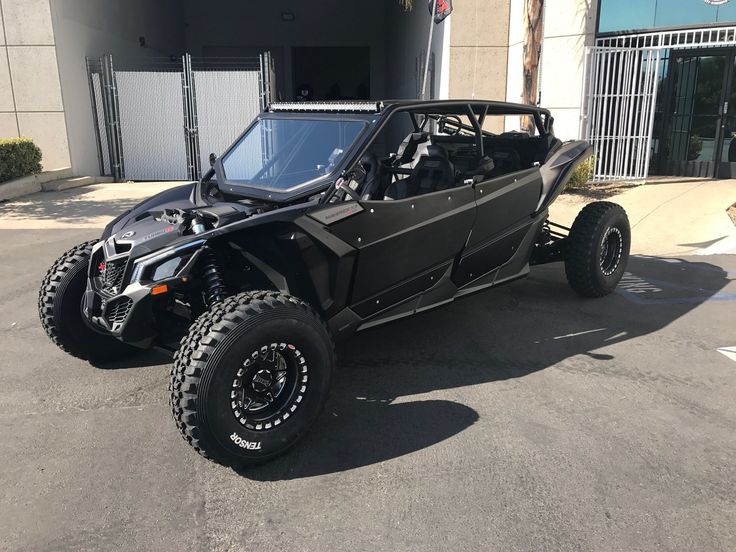
ENDURO Camogrey
the most durable
279 EUR
AQUAMASTER Red
reliability & comfort
677 EUR
ALL SEASON Black
69 EUR
SPEEDMASTER NEW Graphite
BEST OVERALL WADING BOOTS
209 EUR
Explore all
ATV stands for All-Terrain Vehicle, and as the name implies, it’s a type of vehicle designed with off-road riding applications in mind. But this does not necessarily mean that all ATVs need to be four-wheel drive.
Most recreational and utility ATVs on the market are four-wheel drive (also known as AWD, 4WD, or 4X4), while most sport- or racing quads and all youth ATVs are only two-wheel drives (also known as 2WD or 2X4).
This post will look at some of the pros and cons of 2WD vs. 4WD in an ATV. Hopefully, it will help you decide whether a 2×4 or a 4×4 ATV is the right choice for you.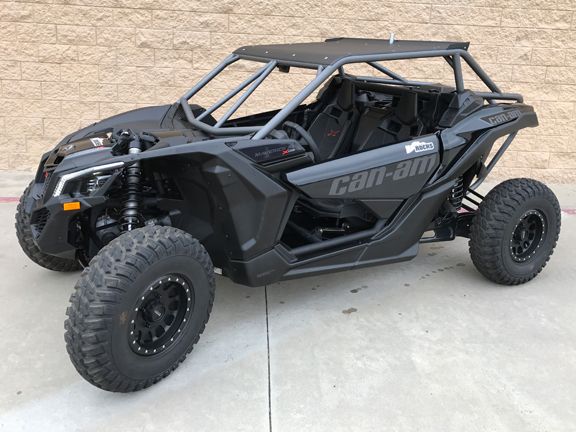
As in most cases, when you put two alternative options up against each other, you’re able to identify both some advantages and disadvantages they have against each other. The same applies when comparing 2WD and 4WD in an ATV.
If you go down an incline and suddenly find yourself in a situation where you need to back up the hill, you’ll be glad you have 4X4.
When riding downhill, most of the weight is placed on the front wheels. There is not much traction on the rear wheels. This will often leave the rear wheels on a 2WD spinning without pulling you back up.
On a 4WD, however, the front wheels with a lot of traction have a much better chance at pushing the ATV in reverse.
When you drive down a hill, it’s recommended to use engine braking rather than applying the brakes for a more controlled descent.
Using brakes instead of engine braking increases the chance of locking out the wheels, causing the ATV to slide.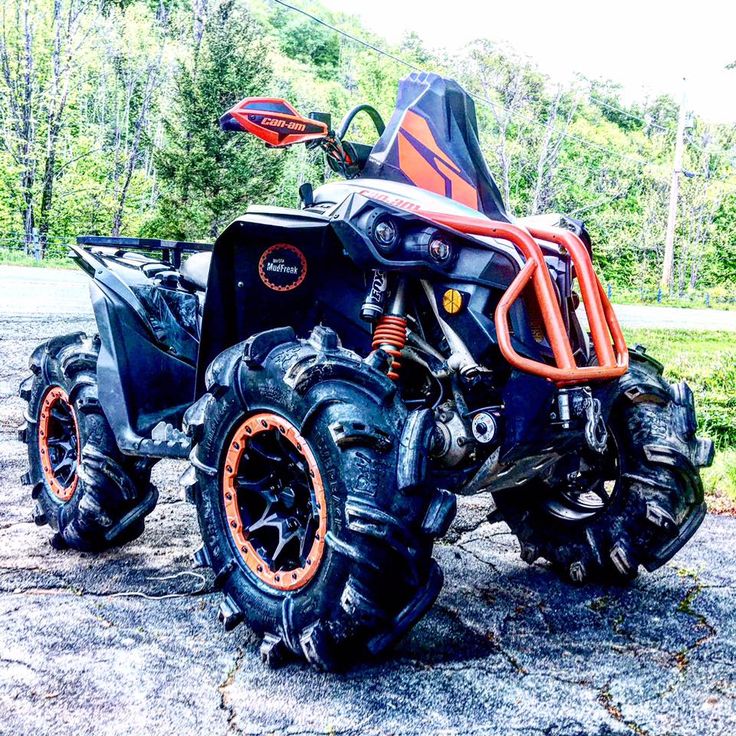
Since there is little traction on the rear wheels, engine braking will have less effect than on a 4WD, where both the front and rear wheels will help control the speed.
In a hill where you would need only engine braking when riding a 4WD, you will likely have to apply the front brakes as well when riding a 2WD.
The front-wheel-drive components’ added weight makes the ATV a bit less likely to flip backward when going up a steep hill. Also, it helps the front tires grip better, increasing your chances of making it to the top.
A 4WD is less likely to flip because the front wheels help pull the bike up the hill where the rear wheels on a 2WD push. When the rear wheels suddenly regain traction, it will cause the ATV’s front end to lift.
Front wheels that regain traction do not have the same effect. They will merely help pull the vehicle forward.
Lean forward when riding uphill to reduce the chance of tipping even more.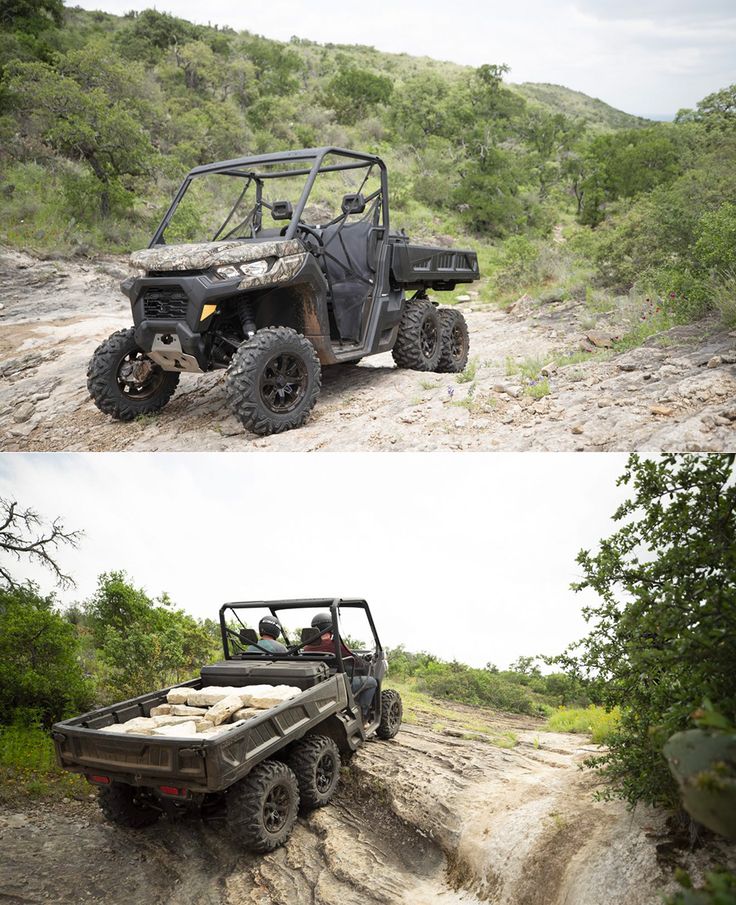 This will move the center of gravity forward and put more weight on the front wheels to increase traction.
This will move the center of gravity forward and put more weight on the front wheels to increase traction.
In dry, grippy conditions such as on dry dirt and sand, a 2WD will be able to go most places where a 4WD would go.
But after some heavy rain or in the snow, is where the 4WD earns its keep.
You could use your winch to pull your 2WD out of the mud when you get stuck, but you’ll be using it much more often than with a 4WD.
A 4WD won’t prevent you from ever getting stuck, but it may provide that little extra push you need to make it through the mud hole or up a slippery hill.
Make sure to get a model that offers locking front and rear differentials as well for optimal traction.
With 2WD, you typically need the momentum of speed to get through the tricky spots. This increases the chances of losing control and hitting something along the trail.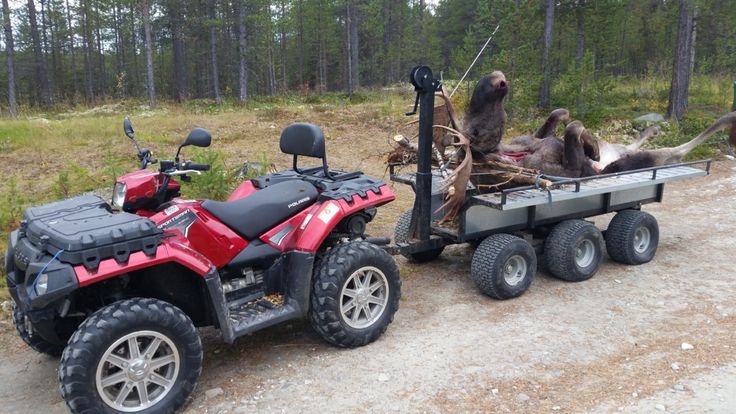
The added traction you get with a 4WD allows you to crawl your way through challenging terrain while keeping the speed at a controllable level.
This is particularly useful when:
A 2WD ATV is typically spinning and churning the tires to find traction more often than a 4WD. Not only is this true when climbing a slippery hill, but it also happens during moderate acceleration on the trail.
Some trails don’t allow 2WD sport quads at all due to the damage they inflict. No matter how carefully you ride, you will likely tear up the surface of the trail.
And hopefully, it goes without saying that leaving deep ruts out in the woods should be avoided.
Most modern 4WD ATVs come with the ability to switch off the drive to the front wheels, making it a 2WD.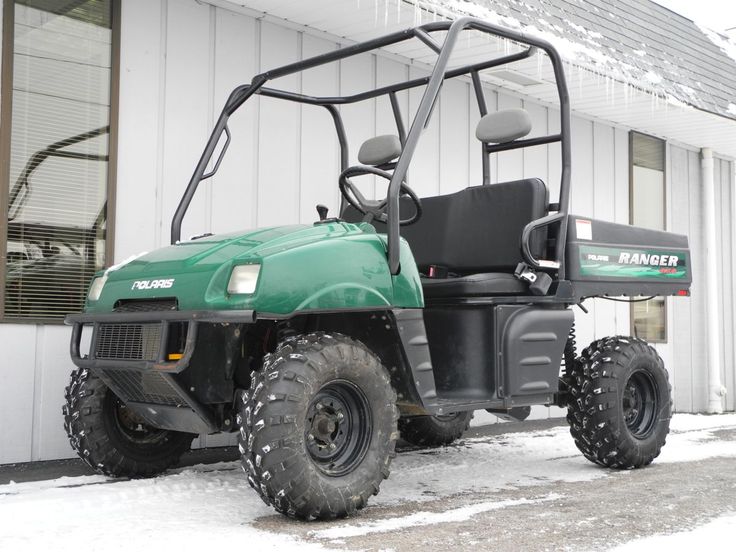
This feature provides the ability to choose 4Wd or 2WD based on which option best fits the riding situation.
It’s like having 4WD in your truck: You will usually not need it, but when you do, it sure is nice to have.
2WD drive systems are much more straightforward and, thereby, cheaper to produce. Most 2WD quads come with chain drive, consisting of a front and rear sprocket connected by a metal chain.
A very few ATVs, such as the Honda Rancher, come with rear shaft drive. While a bit more expensive than a chain drive, it is much cheaper than a 4WD model. The Honda Rancher costs $1000 more than the 2WD base model.
The lower weight of a 2WD can be a pro or a con, depending on the riding situation.
For racing purposes, it’s essential to keep the overall weight of the vehicle low. The added traction you get from a 4WD won’t usually justify all of the extra weight added by installing the front wheels drive components.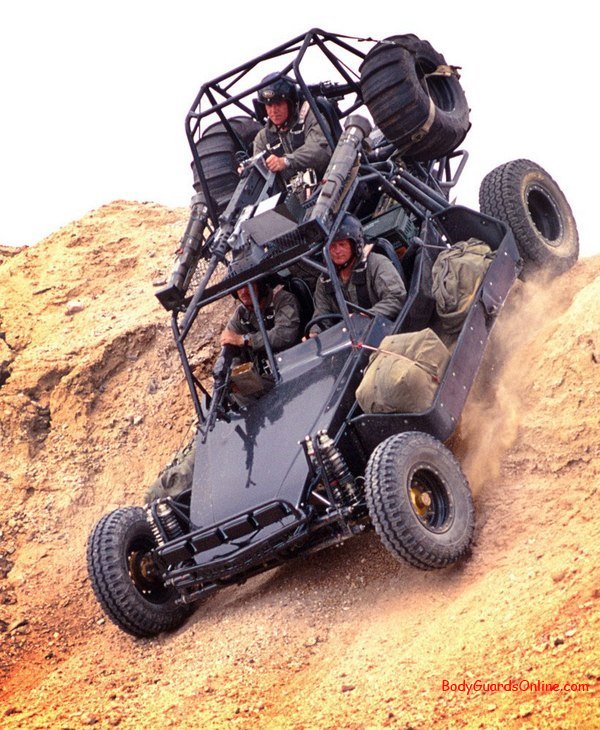
To get 4WD, you need a transfer case, an extra drive shaft, a front diff, and two CV axles. These components can add 10 to 20 lb to the overall weight of the bike.
Maneuvering a 2WD properly off-road without getting stuck off-road takes a lot more energy than a 4WD.
If you’re looking to keep up with the four-wheel drives, you need both strength and stamina. And you better be ready for a pounding. At the end of the ride, you may find yourself exhausted, where your friends that ride 4WD have energy to spare.
Most two-wheel drives offer a tighter turning radius because of the lack of cv-joints to the front wheels.
This, in conjunction with a lighter weight, makes them more agile. Some riders prefer 2WD over 4WD because they are easier to maneuver in tight spots.
Some but not all 4WD ATVs are a bit harder to steer than a 2WD due to the front driveline’s added complexity.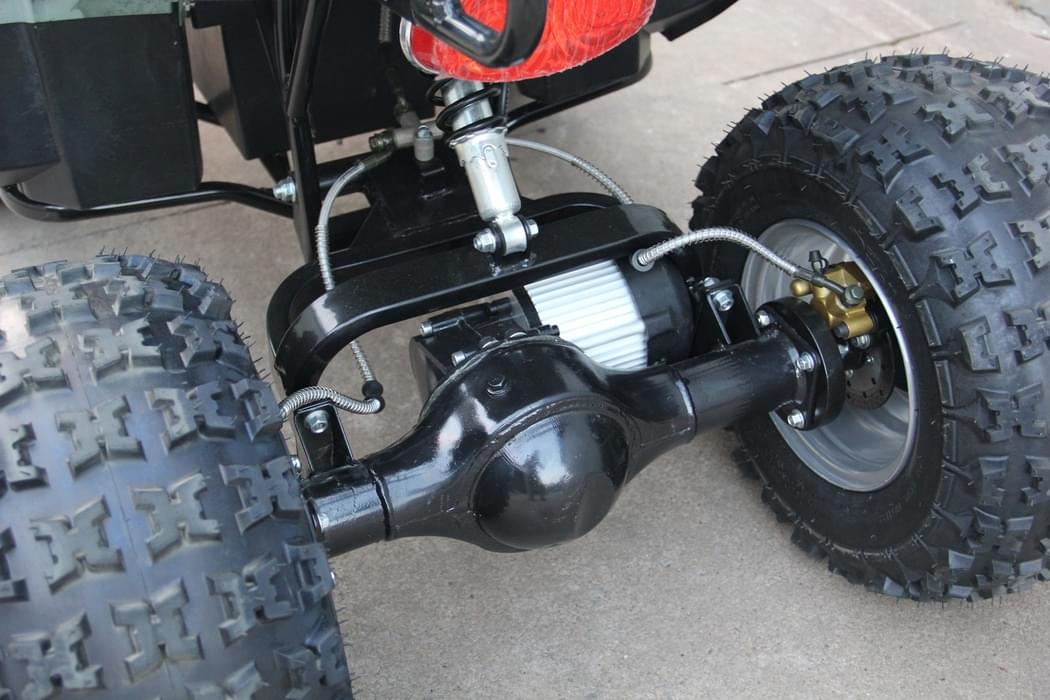 You may find that it gets easier to navigate as soon as you disengage the four-wheel drive.
You may find that it gets easier to navigate as soon as you disengage the four-wheel drive.
This downside is significantly reduced if you opt for a model with power steering.
Here are some of the pros and cons of having power steering on your ATV.
2WD ATVs come either with shaft drive or chain drive. Shaft drive offers lower maintenance, better ground clearance, and better reliability.
On the other hand, Chain-drive is lighter and faster but does require some maintenance to keep the chain and sprockets in good shape. The rear sprocket protrudes below the rear axle, which can be a hassle when you ride off-road.
Most 4WD ATVs offer independent front and rear suspension rather than the solid rear axle you get with a 2WD model.
Independent rear suspension offers benefits such as less taxing on your body, and overall better off-road capability, especially in uneven terrain.
All ATVs can look the same for an untrained eye, but they are not. ATVs are used for a range of riding applications ranging from high-speed racing – to low-speed, heavy utility work.
A vehicle designed for extreme off-road or utility work needs different features than one set up for speed or racing.
Sometimes low weight and speed are more important than traction. Other times it’s essential to keep the cost within budget. All of these are factors that determine which design the manufacturer chooses for their different models.
If you’re in the market for a new ATV, you may be wondering whether you need a four-wheel-drive machine or if you’ll get by just fine with one that has only a two-wheel drive.
To better answer this question, you need to consider a few things like:
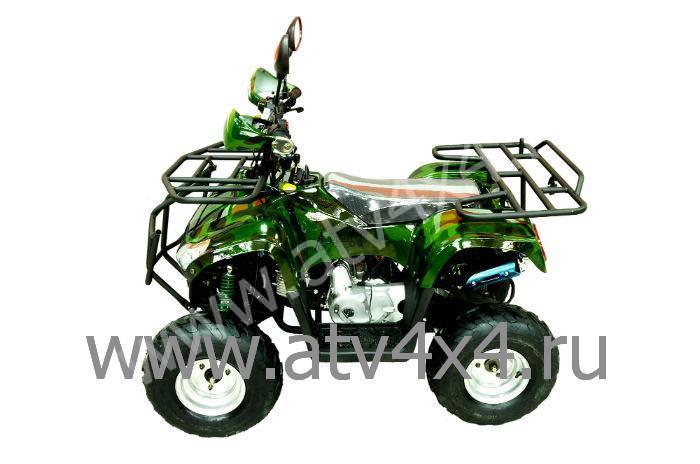 Are you planning on using the bike for utility work, recreational trail riding, racing, or dune bashing? Keep in mind that there are places you simply cannot go with a 2WD, where a 4WD can go. At the same time, you wouldn’t bring a 700-800lb utility 4WD to the racetrack.
Are you planning on using the bike for utility work, recreational trail riding, racing, or dune bashing? Keep in mind that there are places you simply cannot go with a 2WD, where a 4WD can go. At the same time, you wouldn’t bring a 700-800lb utility 4WD to the racetrack.Ultimately it will be up to you to weigh the pros and cons in the environment in which you’ll be using the ATV.
4WD is useful when you ride in uneven terrain with steep hills and in soft or slippery terrain where push-pull traction is needed.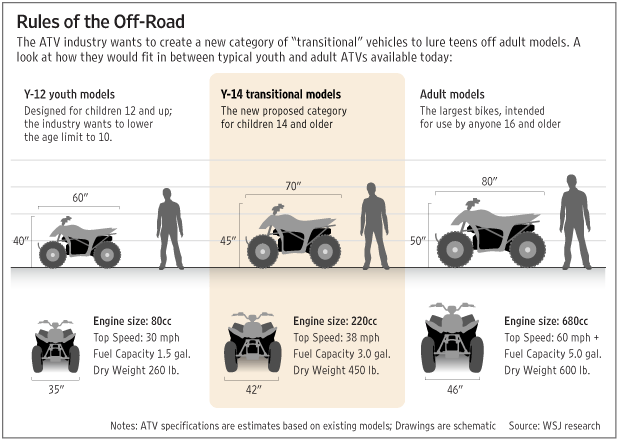
Typical riding applications where 4WD is useful:
2WD is the better alternative in racing where you need speed, lightweight, and nimbleness. They are also a good alternative on youth or budget models where low cost and simplistic design is vital.
The lower weight of a 2WD helps reduce the risk of injury if the bike lands on top of the rider in a crash. This is a desired feature in racing where you ride on the limit and with youth models ridden by young and inexperienced riders.
Typical applications where 2WD is useful:
Each of the numbers in 4X2 has a specific meaning.
The first number refers to the total number of wheels on the vehicle. In the case of 4X2, the bike has four wheels in total.
The second number refers to the number of wheels that receive power from the engine. In the case of 4X2, two wheels make the ATV move.
4×4 refers to a vehicle that has four powered wheels out of four wheels in total. 4WD, on the other hand, refers to a vehicle with four powered wheels but does not say anything about the vehicle’s total number of wheels.
While four wheels are the most common on cars, trucks, and ATVs, there are vehicles such as commercial trucks with six wheels. A six-wheel truck with 4WD would be a 6X4
A 4X2 is typically faster due to the lighter overall vehicle weight; as long as you ride somewhere, you get adequate amounts of traction with only two driven wheels.
All current models of Polaris RZR come with four-wheel drive.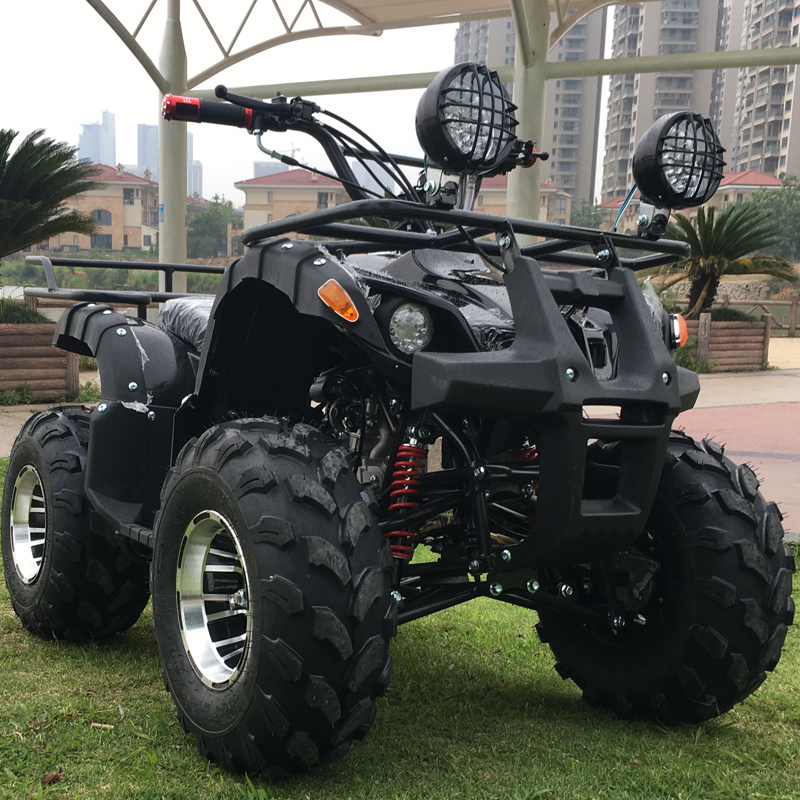
ATV Club
August 21, 2014
Some Polaris Industries ATVs have a rather unusual 4WD system. Sometimes they even say that they have a permanent 4x4. But is it?
There is a proverb in Russian that a spoon is good for dinner. I'm not sure that the Americans from Polaris heard it, but they built their all-wheel drive system for the modern Ranger family of auto ATVs that way.
Readers have already paid attention to the description of the all-wheel drive features of the Polaris Ranger 570 EFI tested in the last issue. And they asked me to tell you more about it.
AWD clutch parts. On the left - a magnetic element and a bushing, on the right - a fixing ring and an inner race with rollers in a separator
Cross section of the AWD mechanism. The rollers are dependent on 12 volts to the clutch
This type of drive is used by Polaris on both UTV Ranger and traditional Polaris ATVs.
The classic ATV all-wheel drive scheme with traditional plug-in all-wheel drive and front differential lock requires a lot of experience and skills from the driver. It is necessary to determine the moment of connection in time, stop for the manipulation itself, select the conditions for blocking the front gearbox, in addition, all these manipulations are performed manually.
How it works. Left: casters move freely - front axle disengaged; right: rollers fixed in one position - front axle is working
The Ranger, like any other Polaris AWD ATV, can instantly transition from off-road to hard-ground mode without stopping or losing control or traction, and without any further action by the driver. At the same time, off-road, AWD automatically provides a transmission condition similar to a locked four-wheel drive. The Ranger has a permanent drive rear, but the rear differential is blocked by moving the toggle switch on the dashboard to the middle position. In this position, the Ranger becomes like all other ATVs in 4x2 mode - that is, there is a rigid connection between both rear wheels.
In this position, the Ranger becomes like all other ATVs in 4x2 mode - that is, there is a rigid connection between both rear wheels.
To make the quadric all-wheel drive, the driver moves the same toggle switch to the highest position. You can do this on the go (with the gas off), the ATV remains fully controlled, with a light steering, and on hard ground, the inclusion of all-wheel drive is not felt. All the advantages of the AWD mode can only be appreciated when hitting off-road, when the rear wheels “overtake” the front ones by an imperceptible 1/8 turn, that is, as soon as they start to slip.
Instantaneous engagement by AWD clutch in front gearbox when 12V applied.
Classic ATV rear differential. It is blocked, as usual, by a plug driven by a solenoid. Not all Polaris ATVs are equipped with a rear axle differential. On ATV, for example, they are not: almost everywhere there is a rigid connection of both rear wheels.
 Slightly more versions and features of Cars
Slightly more versions and features of Cars Sort: DefaultName (A - Z)Name (Z - A)Price (low > high)Price (high > low)Model (A - Z)Model (Z - A)
On the page: 25285075100
ATV IRBIS 150
Engine type: 4 stroke
Displacement: 150 cc see
Model C PSM
229900 r.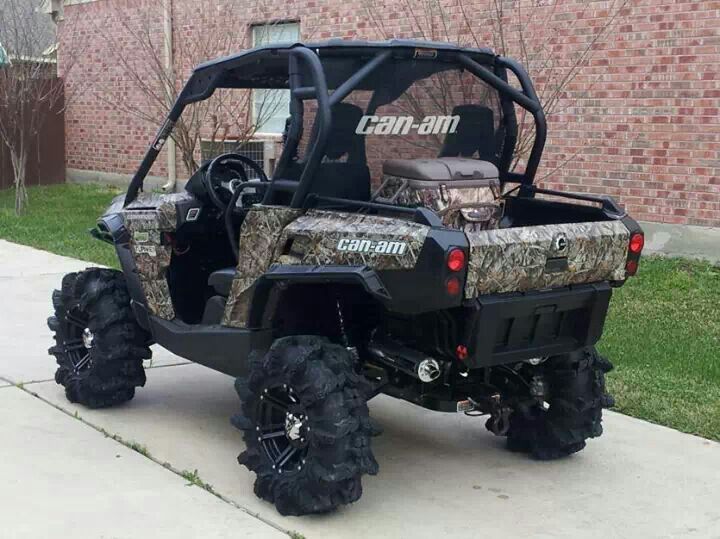
Available
ATV IRBIS 250
Engine type: 4 stroke
Displacement: 250 cc see
Model C PSM
249900 r.
Available
In stock
New
In stock
New
ATV SHERHAN 1000G
Engine type: 4 stroke
Displacement: 125 cc see
Max. speed 60 km/h
94900 rub.
Available
ATV Stalker-110
Engine type: 4 stroke
Volume: 110 cu. see
Max. speed 45 km/h
59900 rub.
Available
ATV Stalker-250
Engine type: 4-stroke
Volume: 250 cub. see
Max. speed 80 km/h
179000 r.
Available
Available
ATV WELS EVO X 200
Engine type: 4-stroke
Volume: 200 cub. see
Max. speed 70 km/h
210800 r.
Out of stock
In stock
New
Available
Available
ATV Stalker-150
Engine type: 4-stroke
Volume: 150 cub. see
Max.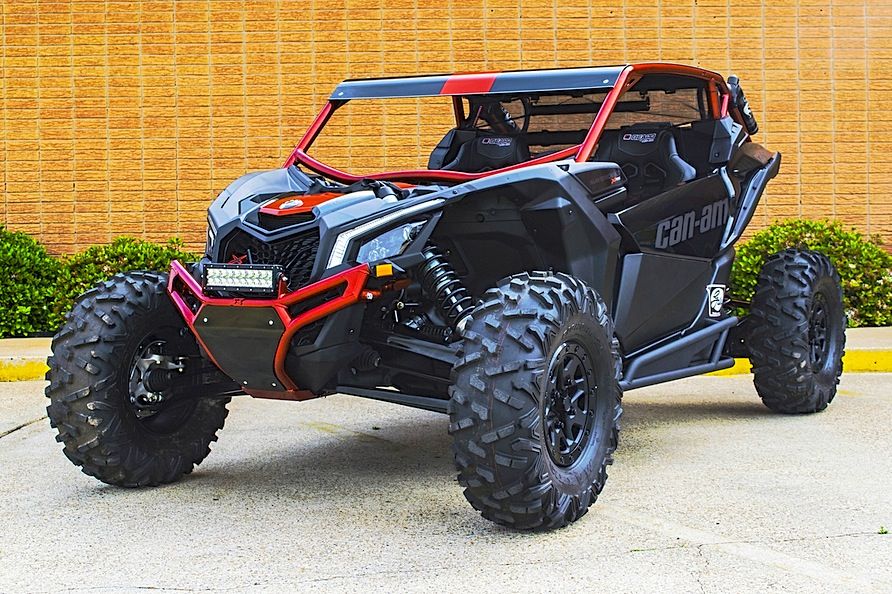 speed 50 km/h
speed 50 km/h
175000 rub.
Out of stock
Available
Out of stock
Available
Available
Available
Available
In stock
Available
Out of stock
Out of stock
Out of stock
Available
Available
Out of stock
In stock
Displaying 1 to 28 of 99 (total 4 pages)
Vehicles with four wheels are different. In Russia many people understand ATVs as four-wheeled all-terrain vehicles, in the USA - like four wheelers. They can also differ a lot. from each other. We will tell you about small copies of large units. Baby copies of Japanese, German and Chinese manufacturers are designed for young drivers. Our online store offers high quality vehicles for young motorists.
To every parent who carefully monitors development your child, you need to carefully familiarize yourself with our range. A compact all-terrain vehicle is considered not only a toy, but also a useful solution in acquiring driving skills at a young age. You can buy a petrol ATV, and your child will learn the basics of driving on his own vehicle. ATV for children, which is the prototype of an adult model, guarantees the young driver is completely safe. Don't forget to order special equipment - colorful helmets and protective suits to inspire the young driver to travel in your own vehicle. ATVs for children with protection attributes will turn your pastime into children in an interesting game on wheels. You will be convinced that received in childhood driving skills will be useful for the child in the future.
You can buy a petrol ATV, and your child will learn the basics of driving on his own vehicle. ATV for children, which is the prototype of an adult model, guarantees the young driver is completely safe. Don't forget to order special equipment - colorful helmets and protective suits to inspire the young driver to travel in your own vehicle. ATVs for children with protection attributes will turn your pastime into children in an interesting game on wheels. You will be convinced that received in childhood driving skills will be useful for the child in the future.
After choosing the children's transport you like in the catalog, call or make order on the store's website. Our managers will provide the necessary assistance, give a clear answer to your questions. The order will not have to wait long, as we We work with all regions of Russia, and your order will be delivered right on time. Only with us the buyer will find a wide range of vehicles of the world manufacturers at affordable prices.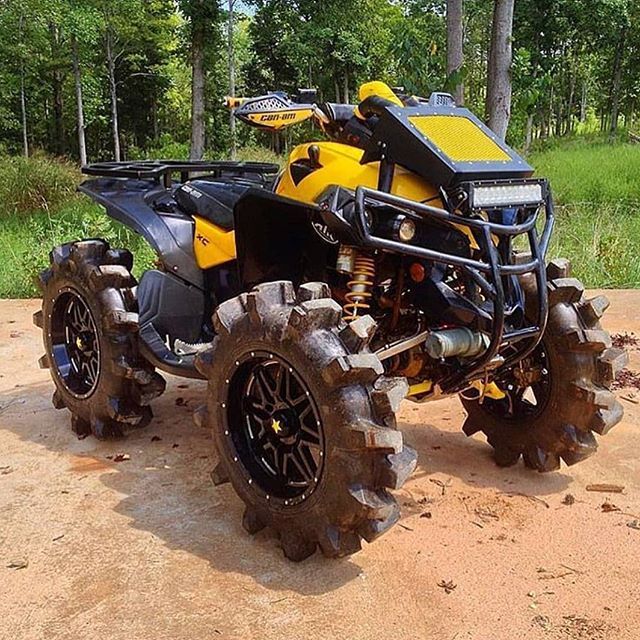 Your child will remember this gift forever. life is like a miracle, and will be very grateful for his first vehicle.
Your child will remember this gift forever. life is like a miracle, and will be very grateful for his first vehicle.
We present to your attention a wide range of popular all-terrain vehicles filled with gasoline from the world's best manufacturers. In our store There is a wide choice of ATVs - from simple to more powerful, on fuel or on batteries. Managers will be happy to help you choose exactly what you need. need to.
Petrol ATVs have some differences, which do not look like electric models:
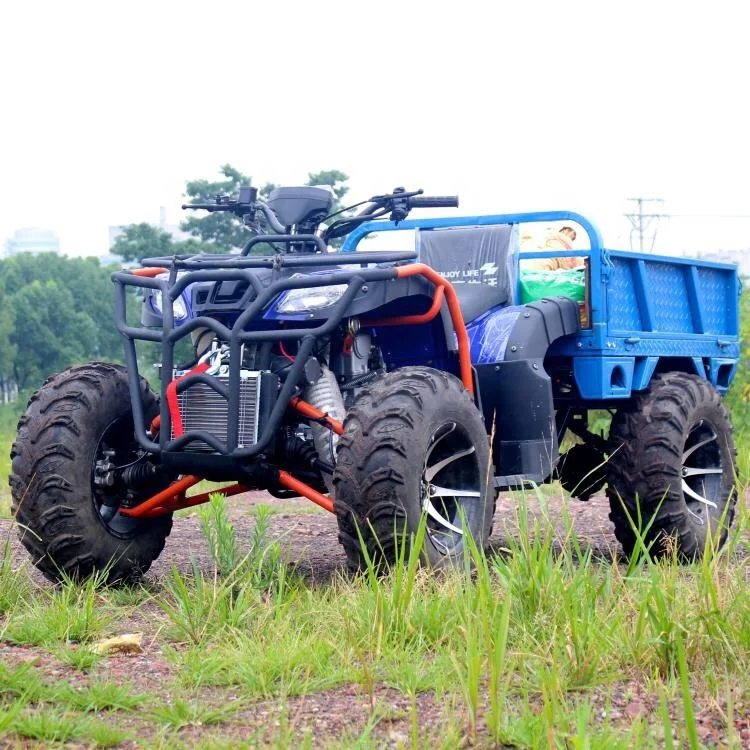
ATVs differing from each other in some parameters:
All these differences affect the cost, the more additional options and equipment, the higher the price. Which transport is better to order remains decide for the client. You can choose the unit that suits you best. ride for you and your child, as many ATVs are rated by weight up to a hundred kilograms, which means they can withstand an adult.
When buying a gasoline ATV, you need to pay attention to its dimensions, because the model should be comfortable for the child to sit in it. Also, the child must it is easy to get to the control devices and immediately you need to decide what should be power of the unit and its engine.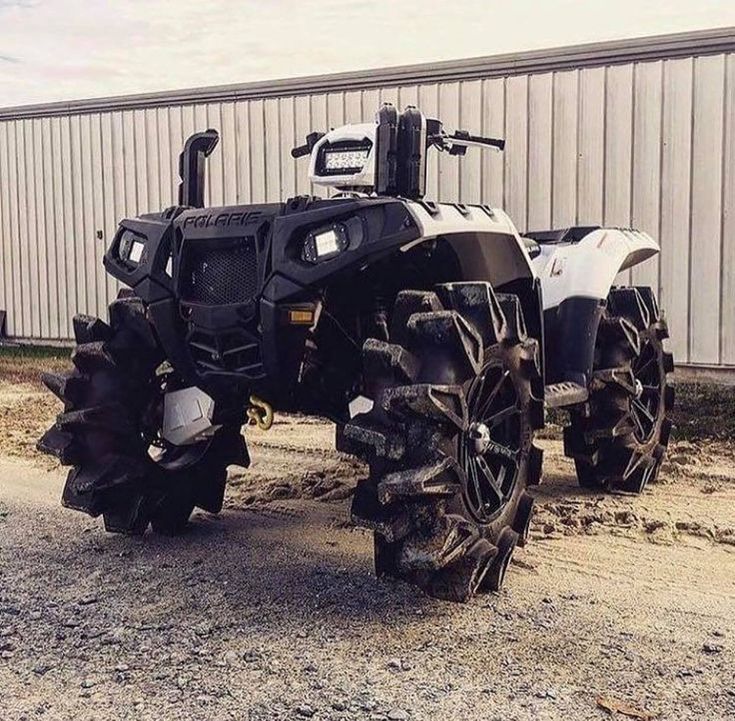 For a small child, the best option there will be a quad bike with a two-stroke engine. Manufacturers make such children's vehicles of small size and weight. Their engine has much less power. They have the function speed limits if the child is already striving for a fast ride. If parents do not mind riding an ATV yourself, then in this case you need to pay attention to the model with a four-stroke gasoline engine with a volume of up to 150 cubic centimeters, a speed of up to 50 kilometers and a fuel reserve of up to 5 liters.
For a small child, the best option there will be a quad bike with a two-stroke engine. Manufacturers make such children's vehicles of small size and weight. Their engine has much less power. They have the function speed limits if the child is already striving for a fast ride. If parents do not mind riding an ATV yourself, then in this case you need to pay attention to the model with a four-stroke gasoline engine with a volume of up to 150 cubic centimeters, a speed of up to 50 kilometers and a fuel reserve of up to 5 liters.
Such models are suitable for movement and an adult, and you You can share the joy with your child from a walk in the bosom of nature. Decide also with a body. The ATV body model is most commonly found on ATVs, it looks like a motorcycle.
UTV models resemble the design of a car. He is a vehicle with seats that are located across the body. Which choice you make depends on the intended operating conditions and decisions assigned by the owner of the all-terrain vehicle to the vehicle.